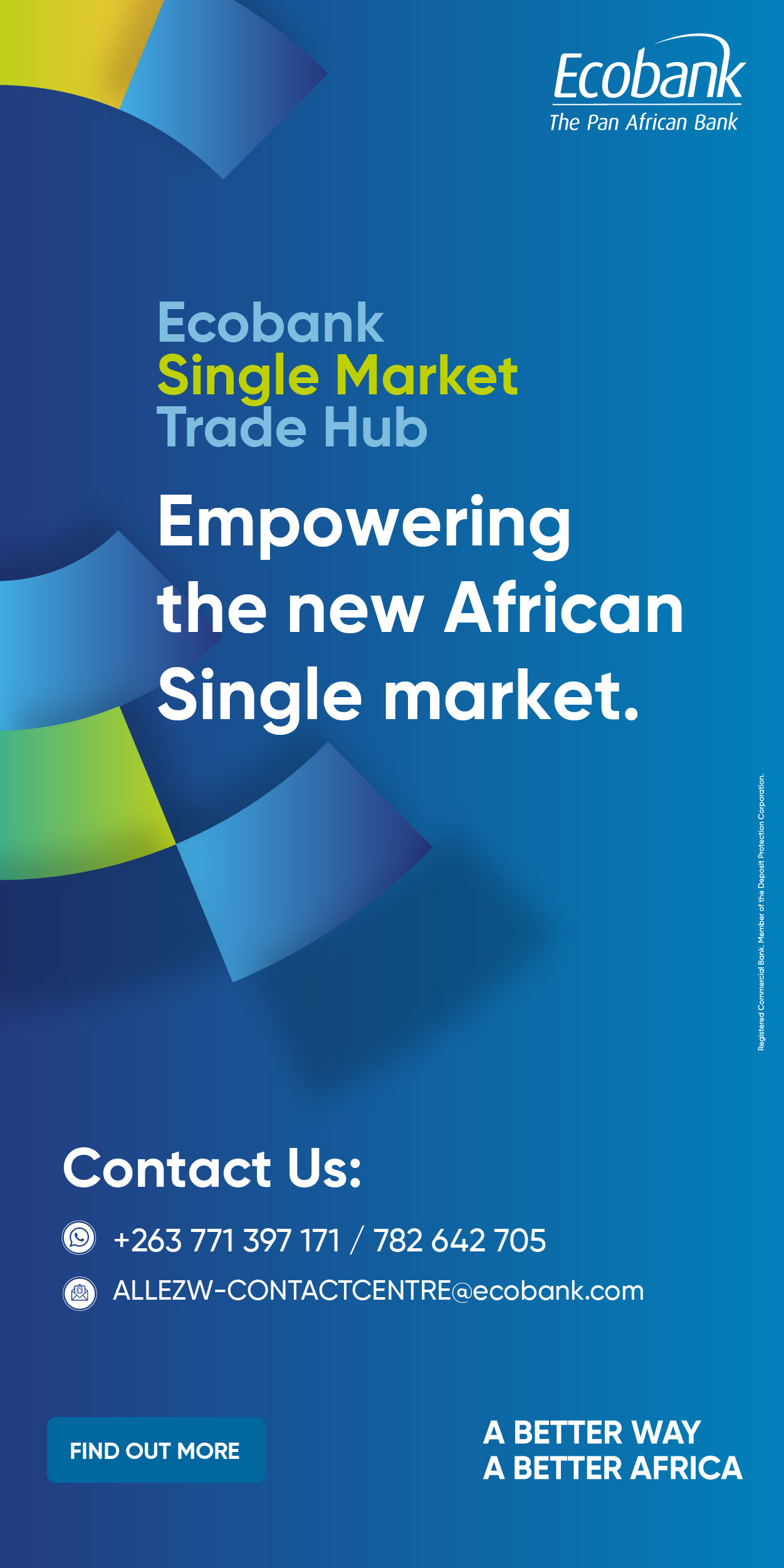- CAFCA reports a 72% drop in profit after tax for H1 2025, down to ZWG15.7 million from ZWG58.2 million
- Copper prices have surged 30% this year, driven by: Tariff anxieties and increased global demand, particularly in energy and technology sectors
- To mitigate costs, CAFCA is increasingly using aluminium, a cheaper alternative with stable pricing
Harare-CAFCA, the only listed cables manufacture has reported a steep 72% decline in profit after tax for the half-year ended 31 March 2025, falling to ZWG15.7 million from ZWG58.2 million in the same period last year despite a robust 76% revenue surge to ZWG478.5 million.
The stark contrast between soaring revenue and deteriorating profits reflects intense margin pressures driven by soaring global copper prices, shifting market dynamics and currency challenges.
Copper, a critical input for CAFCA’s cable production, has seen prices trending upwards, a combination of tariffs anxiety initiated by President Donald Trump and increasing global demand for copper in energy and technology like electronic vehicles as well as continued demand in China.
This year, copper prices have surged by 30% with a record high price in March, outpacing gold which has risen by 16% during the month.
This was a continuation of a bullish trend following an 18% increase between 2023 and 2024, with the world projected to meet only 70% of global copper demand by 2035.
As a result of these rolling prices, production costs for the company increased, which it wasn’t able to pass through to the consumers due to an influx of counterfeit productions in the country.
CAFCA had to take on the costs, with little gained from exports courtesy of a 30% increase in surrender portions to RBZ.
With production costs rising amid a competitive market filled with subpar cheap products, CAFCA’s margins were compressed leading to low profits.
To mitigate copper’s cost burden, CAFCA has increasingly shifted to aluminium, a cheaper and more abundant alternative with relatively stable pricing.
This strategic move has driven volume growth in key segments, with the utilities sector surging by 75% and the commercial business growing by 39% compared to the same period last year.
Aluminium’s appeal lies in its cost-effectiveness and suitability for large-scale infrastructure projects where weight and budget are critical.
However, aluminium’s lower conductivity compared to copper requires thicker cables to achieve similar performance, posing challenges for precision-driven applications like industrial machinery and premium retail products.
Retooling production lines for aluminium also introduces short-term costs and operational complexities, testing CAFCA’s efficiency.
Despite these trade-offs, the shift to aluminium has partially offset copper-related cost pressures.
However, copper remains indispensable for high-performance sectors, and CAFCA’s 12% decline in copper volumes reflects subdued demand and pricing challenges.
As a result, sales volumes dropped by 5% compared to the prior year, with copper and aluminium volumes declining by 12% and 10%, respectively, due to worsening trading conditions in the second quarter.
The retail and distribution sector bore the brunt, with a 27% volume decline driven by counterfeit products and informal competitors.
Export markets in Malawi and Mozambique faced headwinds from foreign currency shortages, prompting CAFCA to transition from consignment stock to direct sales arrangements to improve working capital efficiency.
Despite these challenges, CAFCA maintained delivery performance, achieving hit rates above 100% even with reduced production runs.
To navigate this turbulent landscape, CAFCA must embrace technological innovation. Artificial intelligence (AI) could transform its operations by optimising raw material procurement through predictive copper price modelling and enabling seamless switches between copper and aluminium production lines.
AI-driven quality control systems could also help distinguish CAFCA’s products from counterfeits, bolstering brand trust in a crowded retail market.
Global competitors like Nexans and Prysmian Group have leveraged similar strategies, but CAFCA’s unique challenges erratic power supply and currency distortions demand tailored solutions.
Government policy remains a critical barrier. The 27% decline in retail volumes highlights the damage caused by unchecked counterfeit imports, which undermine formal manufacturers.
Incoherent currency policies, including surrender requirements, exacerbate cost volatility and erode export profitability.
Equity Axis News





